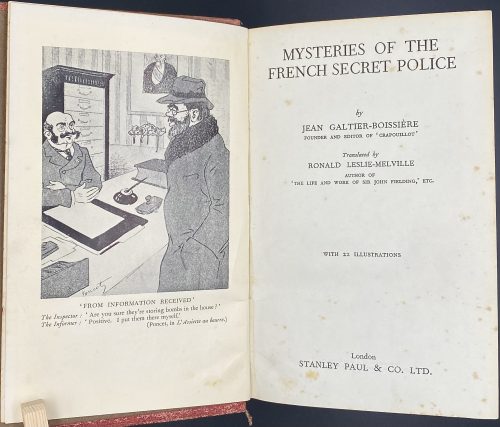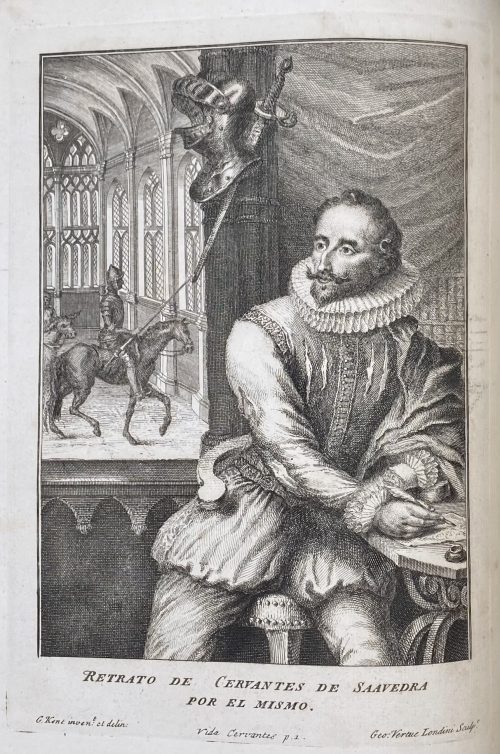|
Thérèse philosophe, 1783. |
Late 18th century books |
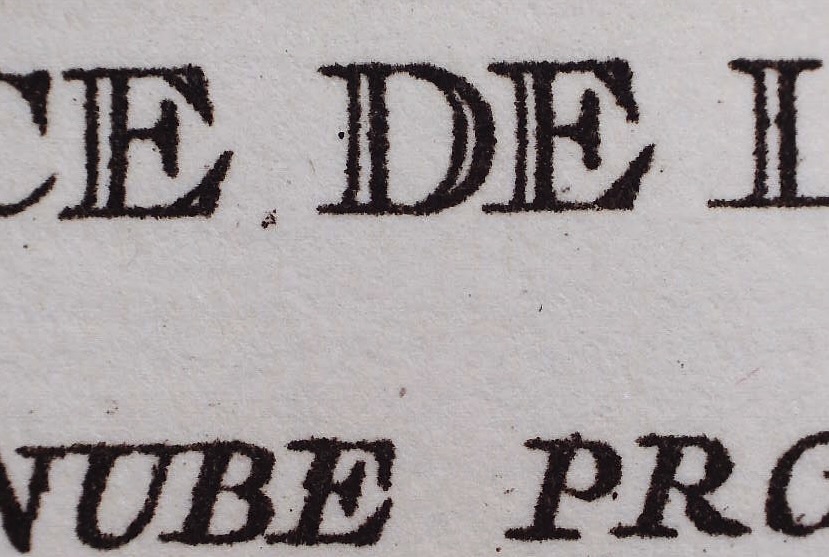 |
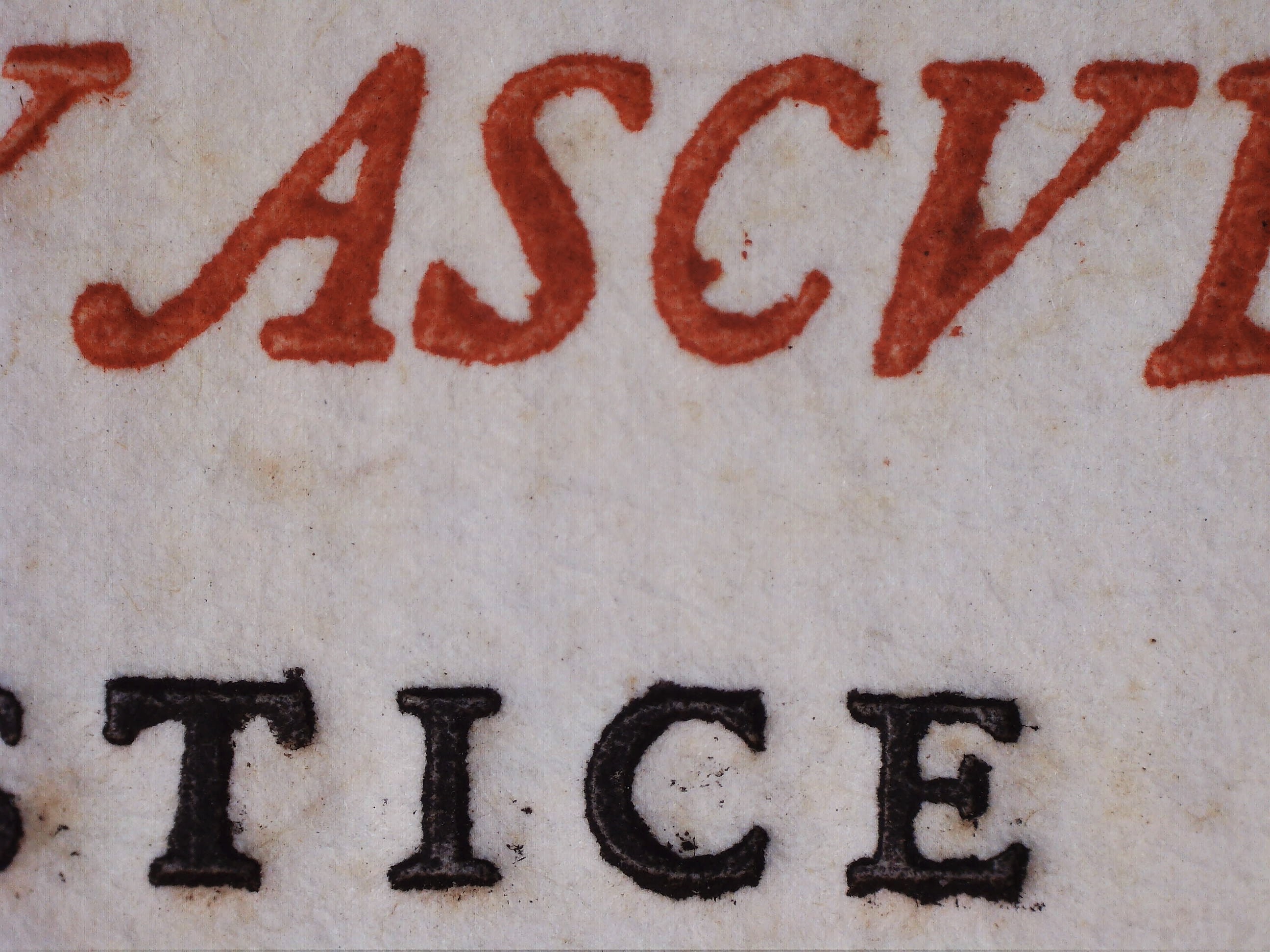 |
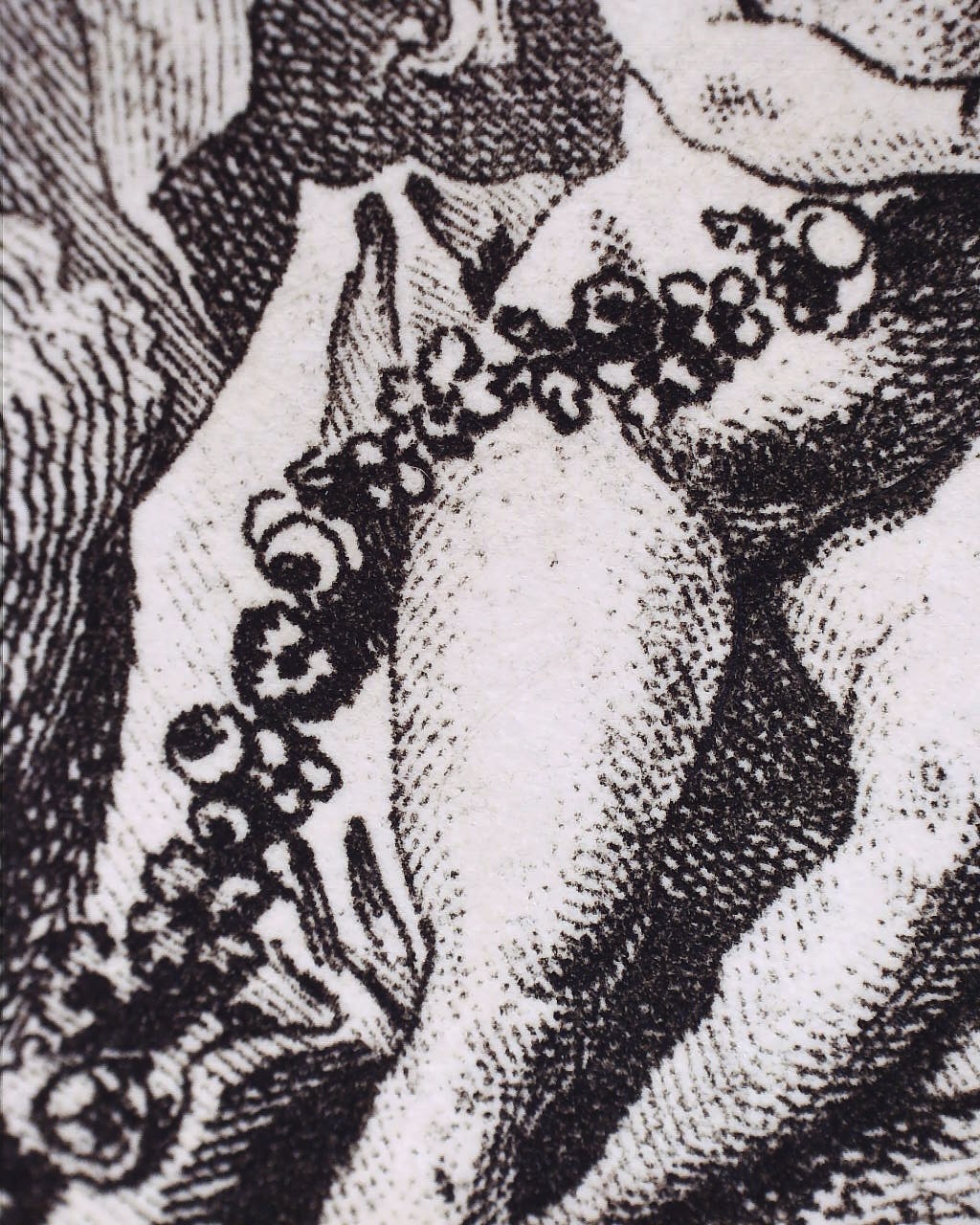 |
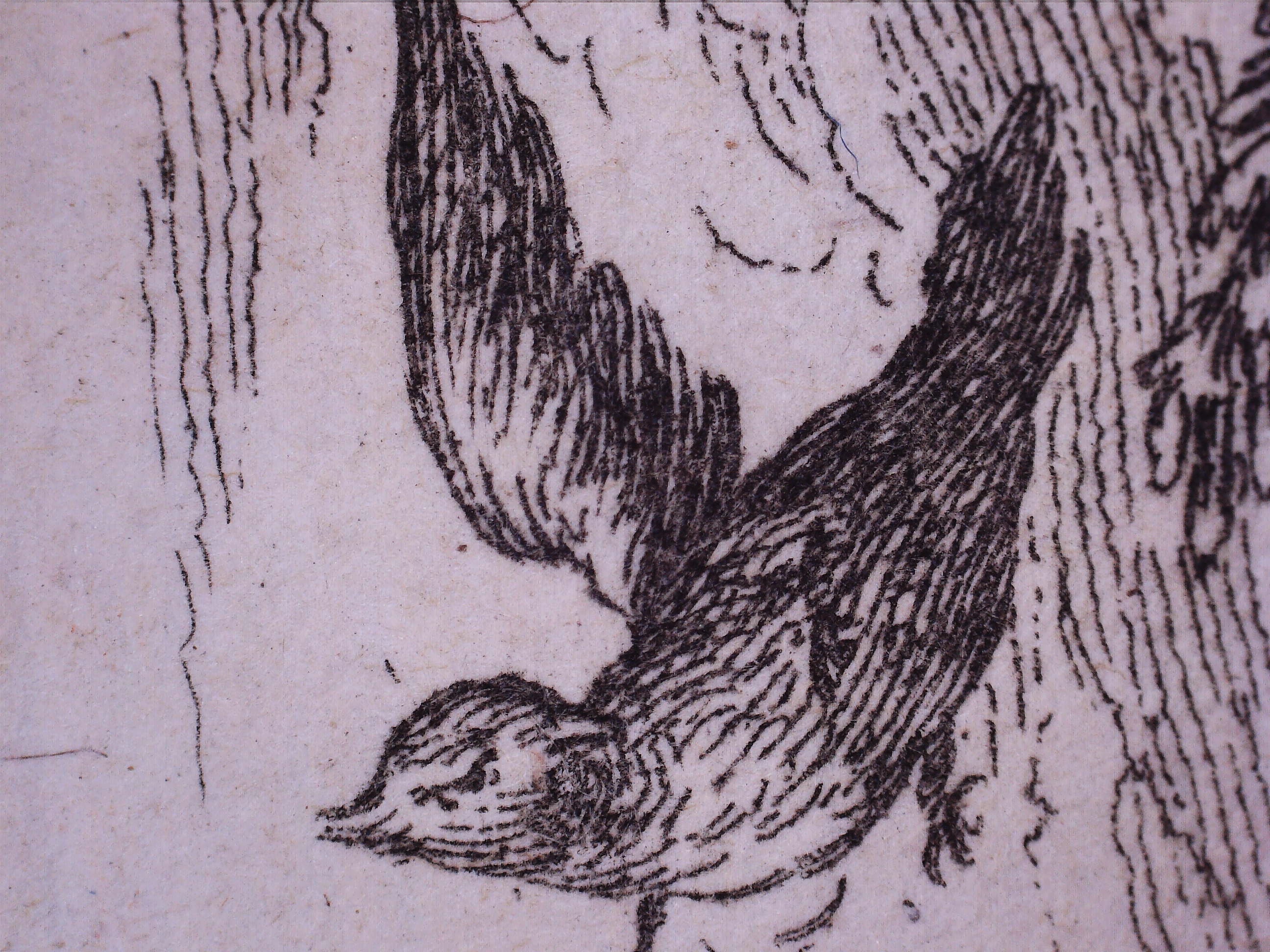 |
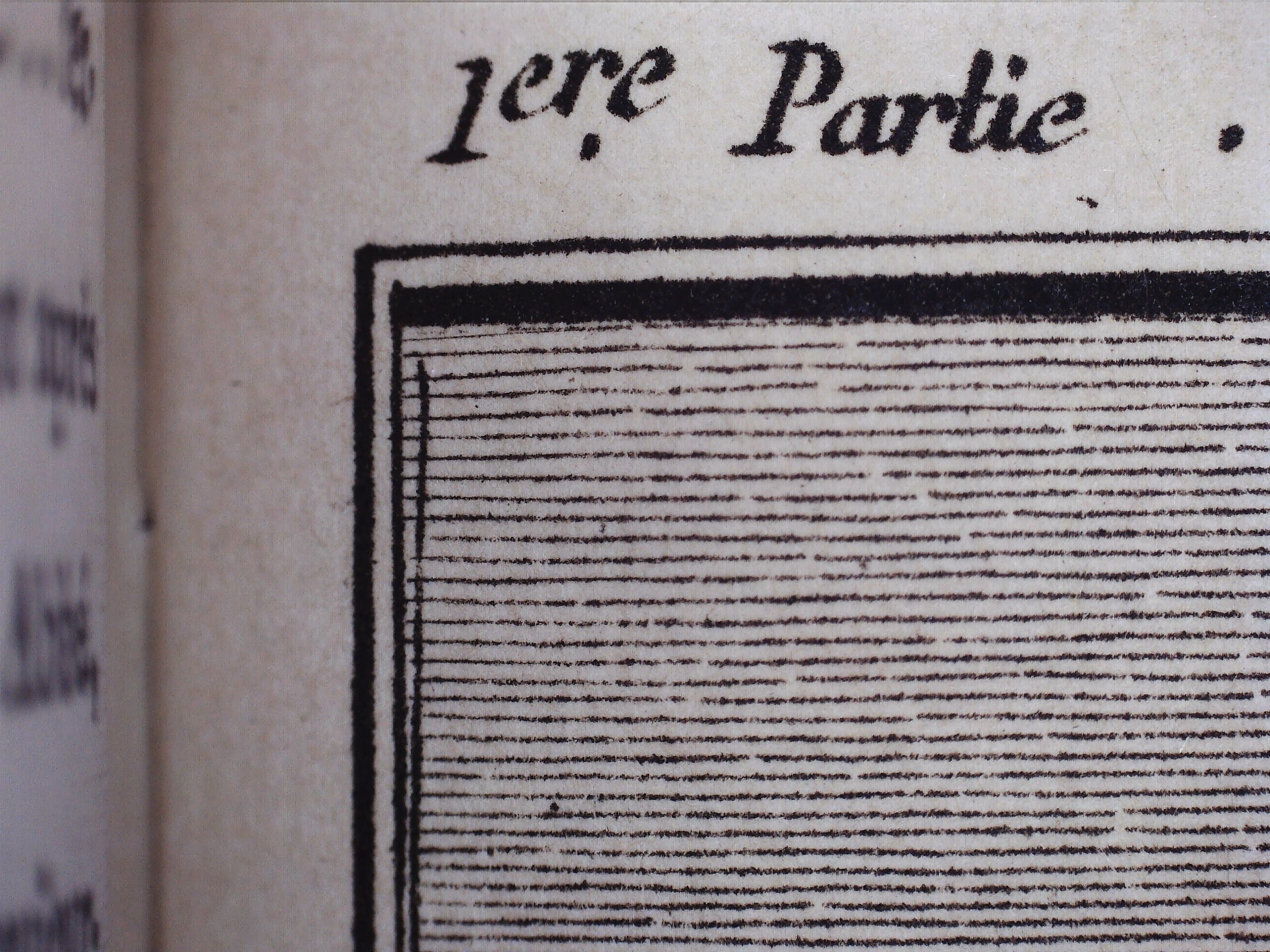 |
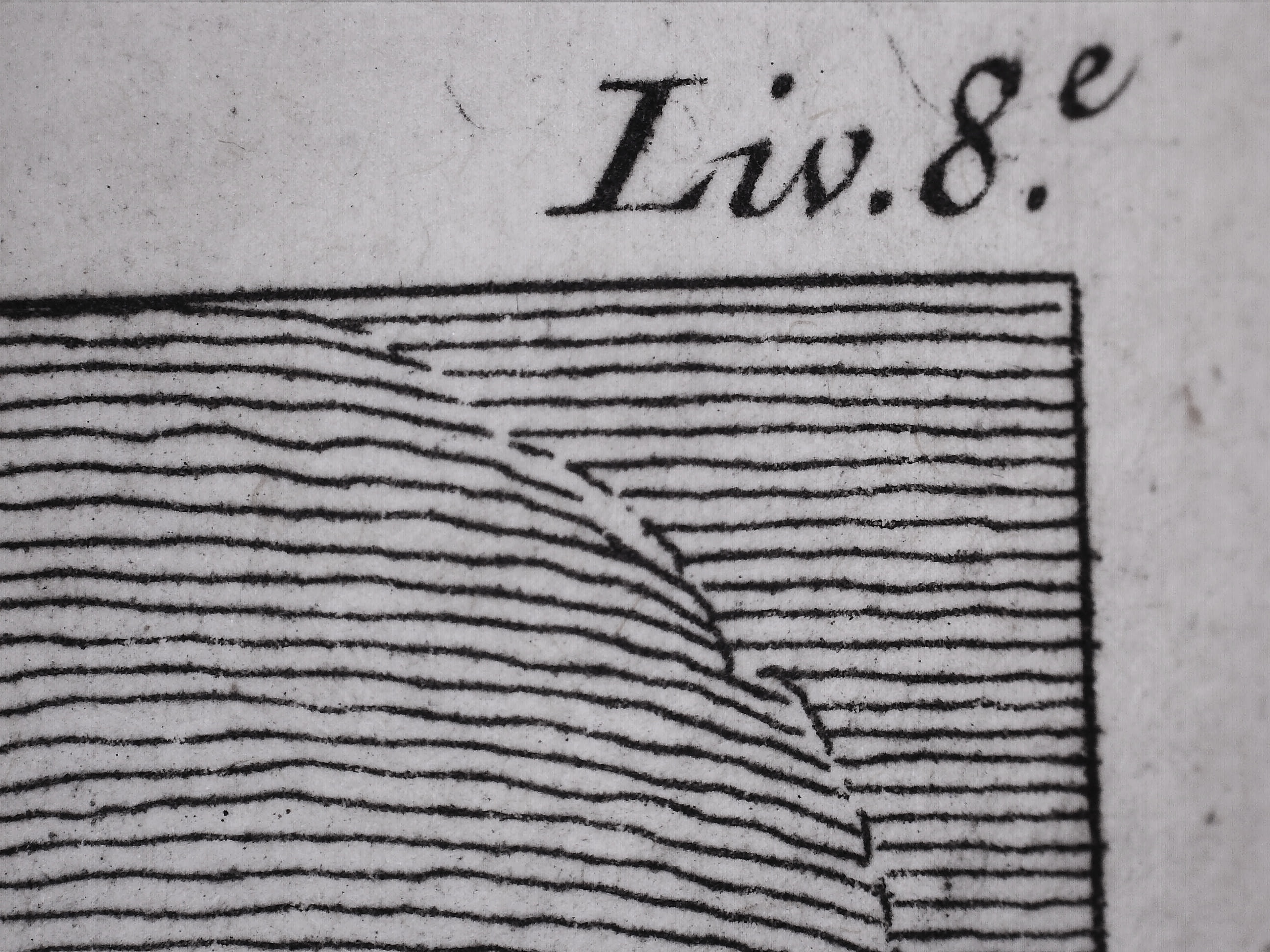 |
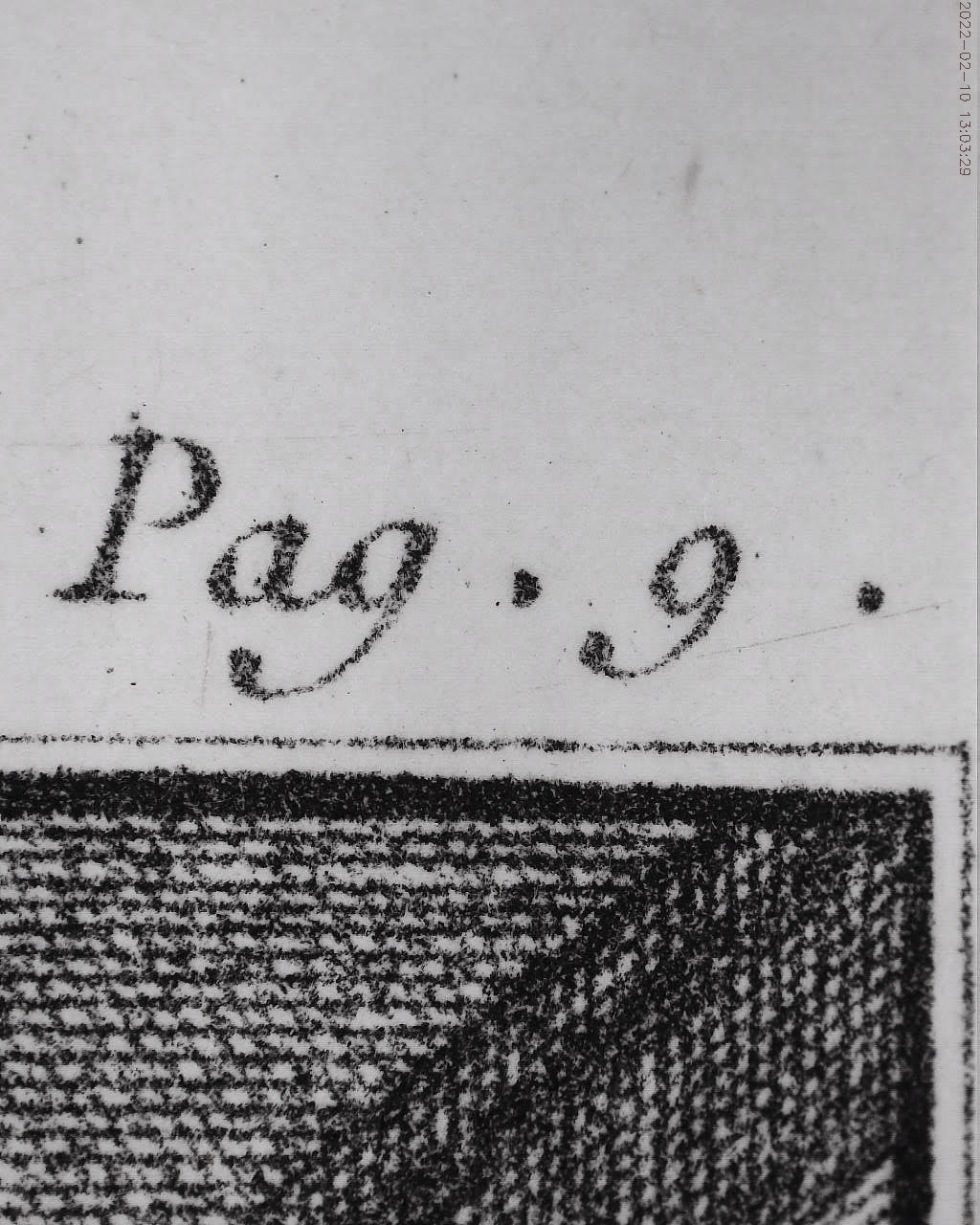 |
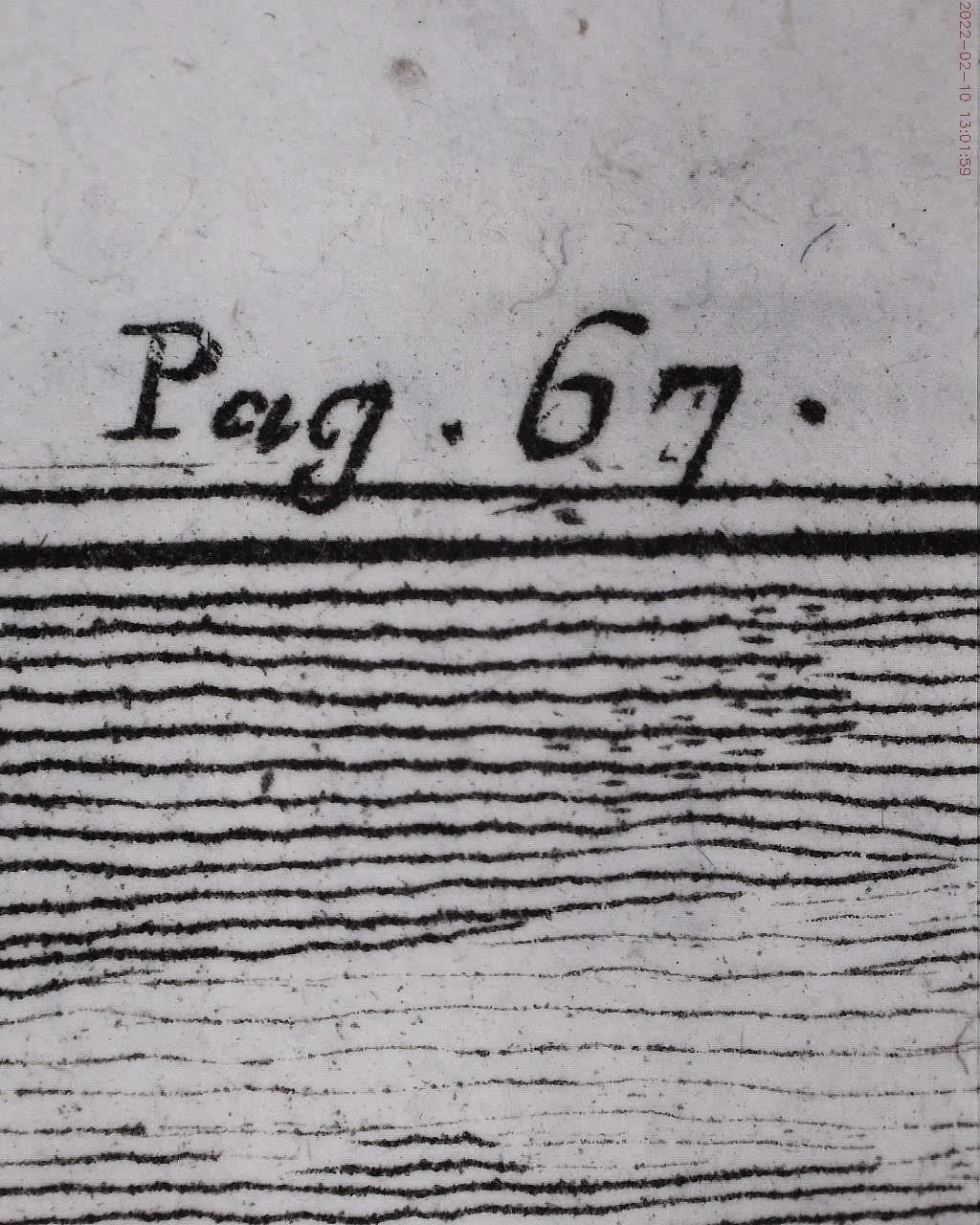 |


|
Thérèse philosophe, 1783. |
Late 18th century books |
 |
 |
 |
 |
 |
 |
 |
 |


Copper tsuba of slightly elongated round form carved in low relief (usuniku-bori, katakiri bori) with the design of a mythical creature: a horse, however, with divided hoofs, with anthropomorphic (human-like) face though with a vertically positioned third eye on the forehead, and a corn. Certain elements of the image accentuated with gold iroe. On the back: flowers and grasses carved in katakiribori technique. Shakudō fukurin.
Edo period.
Dimensions: 70.7 x 70.2 x 3.7 mm In a custom wooden box.
A copper tsuba with ishime-ji ground carved and polished (migaki-ji) with sitting Daruma; his eyes are inlaid with shakudo and he has a golden earring. The reverse carved with four characters: 廓 然 無 性 (Kakunen-mushō). It is a Zen proverb that goes back to Bodhidharma (Daruma), meaning "boundless expanse and nothing that can be called holy." [Markus Sesko translation]. Shakudo fukurin.
Unsigned.
Edo period (circa 1800). Dimensions: 68.2 x 65.5 x 4.8 (center) x 3.2 (rim) mm
Copper tsuba of slightly elongated round form carved in low relief (shishiaibori and sukisagebori) and inlaid in gold, silver and shakudō with the design of dreaming Rosei (Lu Sheng): he is half-sitting by the pillow with his eyes closed, holding his fan, with a scroll by his feet, surrounded by flying butterflies.
Edo period, first half of the 18th century.
Dimensions: 70.8 x 67.1 x 5.0 mm. Signed on the reverse: Jōi (乗 意) + Kaō. Sugiura Jōi [杉 浦 乗 意] (1701-1761) was a master of Nara School in Edo; he was a student of Toshinaga [M. Sesko, ‘Genealogies’, p. 32]. “Sugiura Jōi (1701-1761) made many fuchigashira and kozuka, tsuba are rather rare.” [M. Sesko, The Japanese toso-kinko Schools, pp. 148-149]. On Rosei (Lu Sheng) dream's legend see Legend in Japanese Art by Henri L. Joly (1908 edition) on page 293.
Size: 71.5 x 70.0 x 3.0 mm.

An iron tsuba of oval form decorated with a water plantain (omodaka) carved in low relief and water drops inlaid in gold.
Signed: Bushū jū Masamitsu.
Bushū-Itō school.Height: 71.8; Width: 67.3; Thickness: 3.6; Weight: 96 g.
Mid to late Edo period; 18th-19th century.
There were several tsuba artists with the name of Masamitsu. The one who worked with iron and spelled [正光] is mentioned at Markus Sesko's 'Genealogies' on page 106 in Akasaka School of Edo section as Masamitsu Gorōbei , student of Tadatoki, 4th generation Akasaka master. The name is not mentioned at Torigoye/Haynes 'Tsuba. An Aesthetic Study' in the list of Bushū-Itō family masters on page 181.
An iron tsuba of slightly vertically elongated circular form carved and pierced with a mass of ivy (tsuta) leaves and tendrils, details damascened with gold in nunome-zōgan technique. Hitsu-ana with raised rim.
Unsigned.
Chōshū school.Height: 72.0 mm; width: 69.0 mm; thickness: 4.7 mm; Weight: 92 g.
According to John W. Dower, "ivy bears fairly close resemblance to both maple leaf and grape leaf". However, I consider this tsuba decorated with ivy leaves for several reasons, such as the lack of racemations in the presence of tendrils.
Iron tsuba of oval form carved with a landscape motif. Kogai-hitsu-ana plugged with shakudo. Sekigane of copper.
Signed: Chōshū Hagi-jū Tomohisa saku (長州萩住友久作).
Tomohisa, adopted son of Rokurō'emon, was 3rd generation master of Kawaji School from Hagi in Nagato (Chōshū), lived 1687-1743 [M. Sesko 'Genealogies', page 117].
Edo period, circa 1700. Dimensions: 71.1 x 66.8 x 2.9 mm For his adopted son Hisatsugu work see TSU-0103 in this collection.
Iron tsuba pierced and carved (marubori-sukashi) with the 'horse in the round' design. Possibly, Bushū-Ito school, 19th century (ca. 1800). Kogai-hitsu-ana plugged with shakudō.
Size: 67.6 x 66.8 x 5.1 mm
Unsigned.
See:

Hartman collection, №59.

The Caldwell Collection. Heianjo Sadatsune, Edo period (18th century).

Iron tsuba of mokkō-form with a pine and a frog on the face and a snail on the back, carved and inlaid with gold. Each figurative element of the design is signed on three inlaid cartouches: Masaharu (正春), Kazuyuki (一之), and Yoshikazu (良一) [read by Markus Sesko]. Snake, snail, and frog together make a design called "SANSUKUMI" - Three Cringing Ones [Merrily Baird]. The snail can poison the snake, the frog eats the snail, and the snake eats the frog. It's unclear whether the pine replaces the snake on this tsuba, or the snake is hiding in the pine? Anyway, the frog and the snail are clearly represented. "Maybe we have here a joint work with Masaharu (the silver cartouche next to the pine) being the master and making the plate and Kazuyuki and Yoshikazu as his students carving out the frog and the snail respectively". Copper sekigane.
Dimensions: 70.9 x 67.2 x 3.0 mm. Edo period (18th century).Markus Sesko writes: "I agree, the frog and the snail most likely allude to the san-sukumi motif. It is possible that we have here an artist's choice to deliberately leave out the snake, maybe he thought that the motif is already obvious and there is no need to add a snake to make it clear that the tsuba shows the san-sukumi motif." [Markus Sesko].
Kazuyuki (一之): adopted son of Kumagai Yoshiyuki, student of Ichijō (Gotō-Ichijō Scool) [M. Sesko 'Genealogies', page 19.] Masaharu (正春): Kasuya fam., student of Masamichi (1707-1757) who was the 4th generation Nomura School master in Edo. [M. Sesko 'Genealogies', page 49.]
Iron tsuba of circular form with a branch of loquat (biwa) pierced in positive silhouette (ji-sukashi) and carved in marubori technique (marubori-sukashi). Kozuka and kogai hitsu-ana are plugged with shakudo.
Signature: Choshu Kawaji ju Hisatsugu saku. Chōshū school in Nagato province.
According to M. Sesko 'Genealogies' Hisatsugu was a 4th generation Kawaji School master from Chōshū (present day Nagato), with the name Gonbei, formerly Toramatsu, adopted son of Tomohisa (1687-1743) [page 117]. For Tomohisa work see TSU-0104 in this collection.
Iron tsuba of round form decorated with the design of distant pines, torii, and crescent moon in openwork (sukashi). Copper sekigane.
Size: 84.9 x 84.8 x 5.8 mm.
Unsigned.
Edo period, ca. 1750.
Tosa Myochin or Akasaka school.Japanese Swords and Sword Fittings from the Collection of Dr. Walter Ames Compton (Part I). Christie's, New York, March 31, 1992, pp. 28-29, № 53:
"A Tosa Myochin School Tsuba. Edo period (circa 1750), signed Toshu ju Kuniyoshi saku. The round iron plate pierced with a design of a temple gate (torii) and a pine tree. It has a round rim and there are some carved details on the surface of the design. The Tosa Myochin school, despite its foundation in the classic Myochin armor school tradition, worked mainly in the style of Akasaka school of Edo. [...] Many are equal to the mid to later Akasaka school work and the two types have frequently been confused. Signed examples are rare. Estimated price $1,500-2,000."

Compton Collection, Vol. 1, №53

Large oval form tsuba decorated with two human figures (scholar and attendant) under the pine tree admiring a view of a waterfall on the face of the plate, and with stylized dragons carved on the reverse among the symbols of thunder inlaid in gold. The plate is carved in low relief with details inlaid with gold and silver.
Signed: Yamashiro no kuni Fushimi no ju Kaneie [Kaneie of Fushimi in Yamashiro Province] [山城國伏見住金家], with Kaō. It is a fake signature (
Size: Height: 91.9 mm; Width: 85.6 mm; Thickness: 3.4 mm; Weight: 169 g.
This is a late Edo period, 19th-century export work to cater to the tastes of the European tsuba collectors. It does not have anything in common with the work of great Kaneie masters.
SOLD

Sentoku tsuba of oval form with Sennin (Chinese immortal) motif carved in low relief (katakiribori). The Sennin is depicted with a double gourd in his right hand and a child beside his left hip. A pine tree carved on the reverse.
Signed: Sōmin saku (宗眠作) [M.Sesko]. Yokoya School (see The Japanese toso-kinko Schools by Markus Sesko, pp. 133-8).
Edo period (second half of the 18th century). Dimensions: Height: 61.6 mm; Width: 56.4 mm; Thickness: 4.2 mm; Weight: 85 g.
Iron tsuba of round form decorated with design of keys to the storehouse of the gods in openwork (sukashi). Rounded rim. Copper sekigane.
Unsigned. Early Edo period, 17th century.
Size: 71.0 x 70.9 x 6.0 mm.Merrily Baird, Symbols..: The Key to the Storehouse of the Gods, one of the Myriad Treasures.

Iron tsuba of oval form pierced with design of slanting rays of light (shakoh), a Christian motif (Jesuit’s IHS symbol), and a pair of tassels in positive silhouette (ji-sukashi). Details on tassels carved in low relief. Traditional description of this kind of design is called “tokei”, or “clock gear”. Rounded rim.
Unsigned.
Edo period, 17th or 18th century. Possibly - Owari school.
Size: 76.0 x 73.0 x 6.2 mm.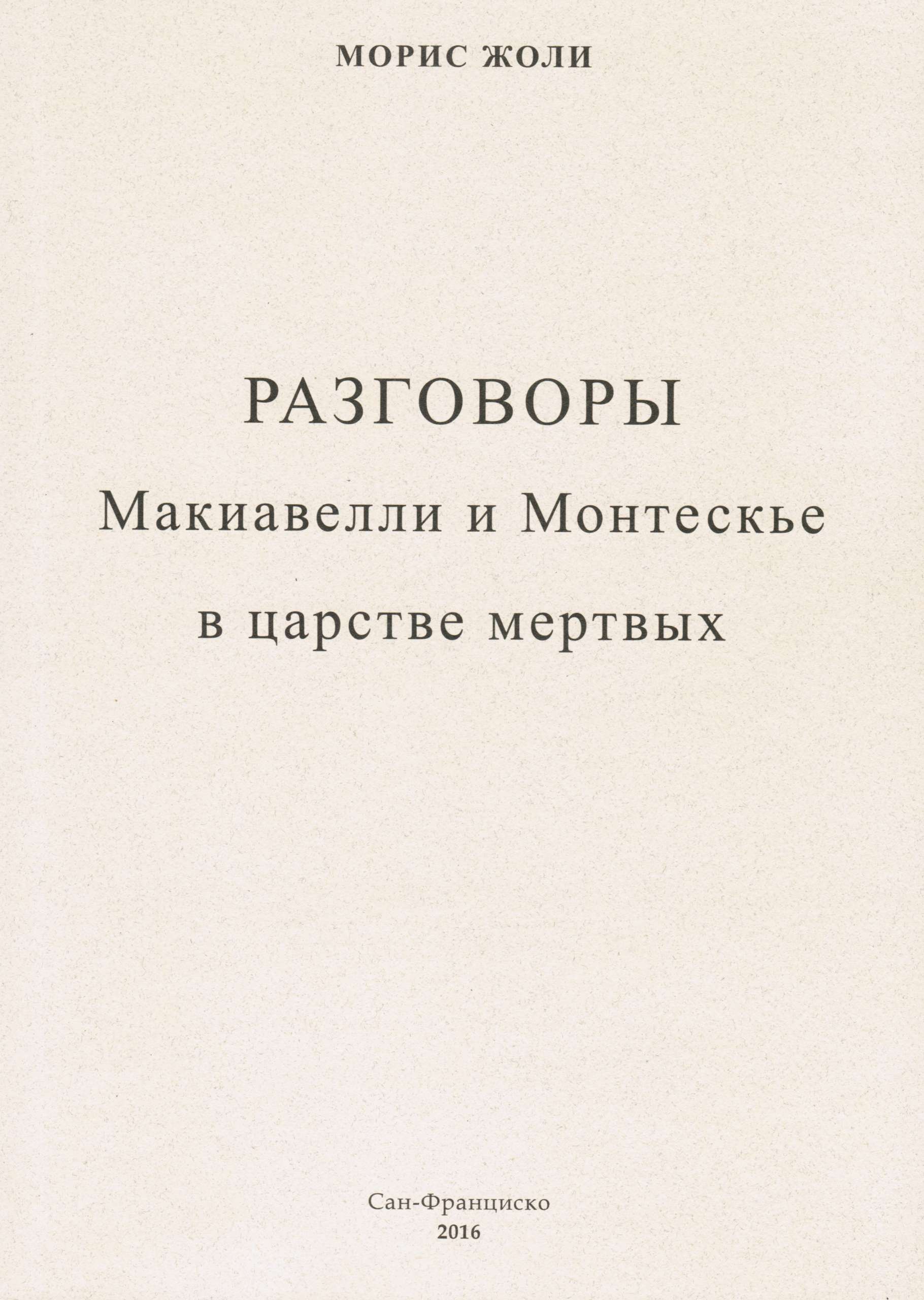
"Разговоры Макиавелли и Монтескье в царстве мертвых” (Dialogue aux Enfers entre Machiavel et Montesquieu) – это политический памфлет, направленный против Наполена III. В 25 диалогах представитель эпохи Просвещения благородный барон де Монтескье отстаивает позиции умеренного правления и соблюдения прав личности, а флорентийский политик Средневековья злокозненный Макиавелли берется доказать своему собеседнику, что управлять людьми можно только силой и хитростью, и что деспотия — это потребность современного общества. Собеседники заключают пари. Макиавелли шаг за шагом описывает те действия, которые предпринял Наполеон III для установления деспотии во Франции, и выигрывает пари.
В начале XX века «Разговоры» Жоли были использованы в царской России для изготовления антисемитской фальшивки — печально знаменитых «Протоколов сионских мудрецов», книги, переведенной на все языки мира и своими тиражами уступающей только Библии. Плагиат был разоблачен корреспондентом газеты «Таймс» Филипом Грейвсом в 1921 г. Сравнением текстов “Разговоров” и “Протоколов”, равно как и поиском автора плагиата, занималось не одно поколение исследователей. В наше время о “Разговорах” знают в основном благодаря “Протоколам”, но книга Жоли представляет интерес отнюдь не только в связи с означенными “Протоколами”. Единственный до сих пор перевод “Разговоров” на русский язык был выпущен в 2004 году издательством “МК-Трейд” под названием “Диалог в аду между Макиавелли и Монтескье”. Это был перевод с немецкого перевода с французского языка. Предлагаемое читателю новое издание книги Жоли является переводом с французского оригинала, хотя и достаточно вольным, что отражено в заголовке: Разговоры Макиавелли и Монтескье в царстве мертвых, записанные злосчастным французом Морисом Жоли в правление императора Людовика-Наполеона и пересказанные полтора века спустя для русского читателя нашим современником. Морис Жоли писал о “политике макиавеллизма в XIX веке”. Однако теперь очевидно, что и в XXI веке политика макиавеллизма не претерпела существенных изменений. Старинный рецепт установления деспотии “в одной, отдельно взятой стране” хорош и по сей день.Published in San Francisco, California.
Paperback, size: 110 x 148 x 10 mm
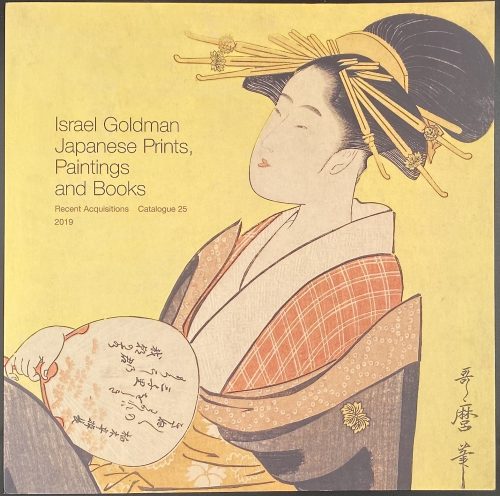



 |
 |
 (3) RISD Museum 34.334:
(3) RISD Museum 34.334:

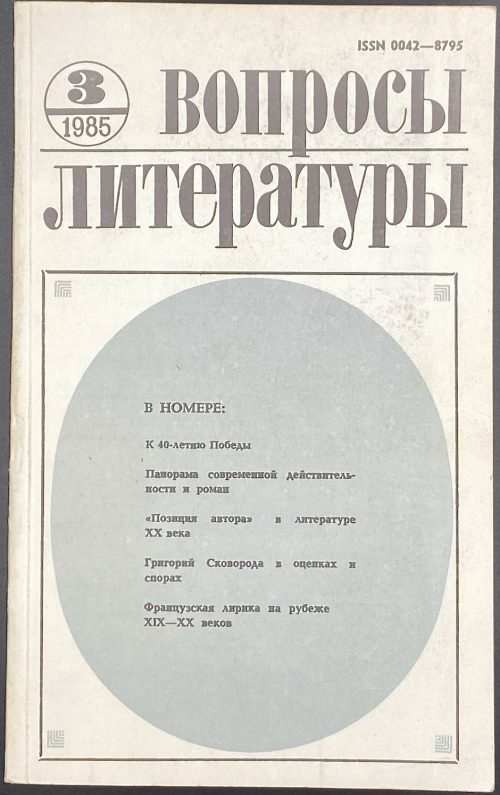
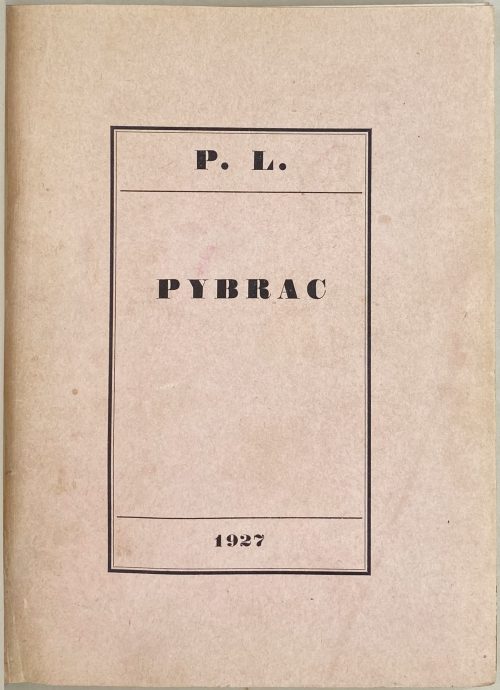
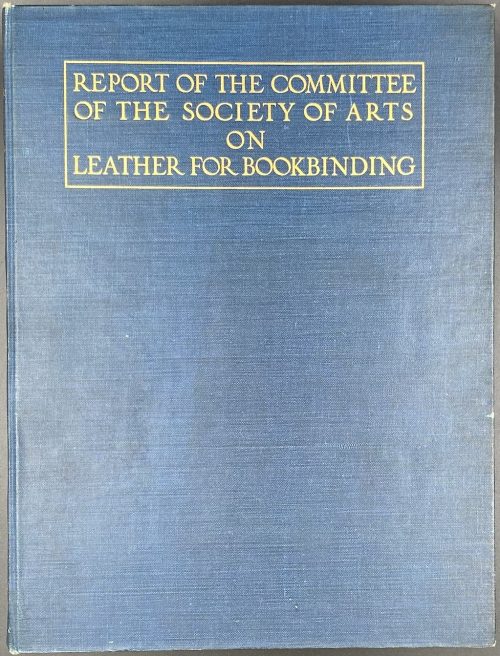
Society of Arts (Great Britain)
Charles George Lyttleton Cobham (British, 1842 – 1922)
Henry Trueman Wood (British, 1879 – 1917), Secretary of the Royal Society of Arts (1879–1917).
George Bell & Sons – publisher. William Clowes and Sons – printer.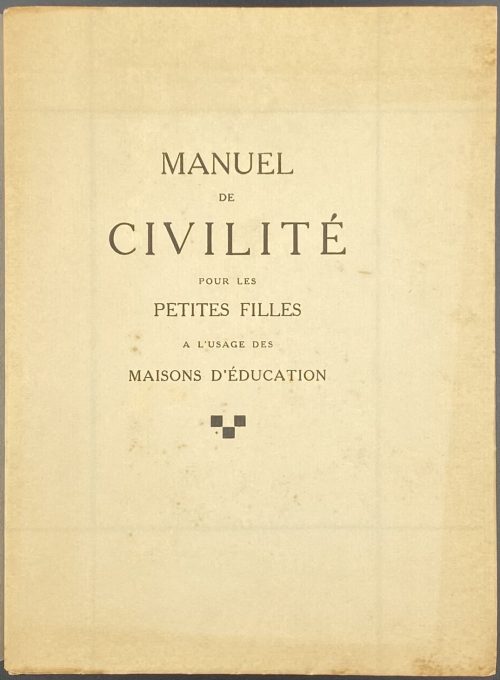
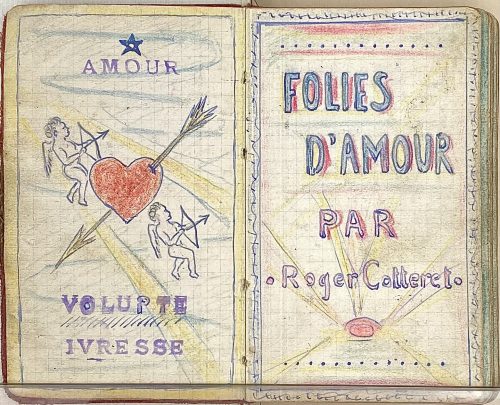
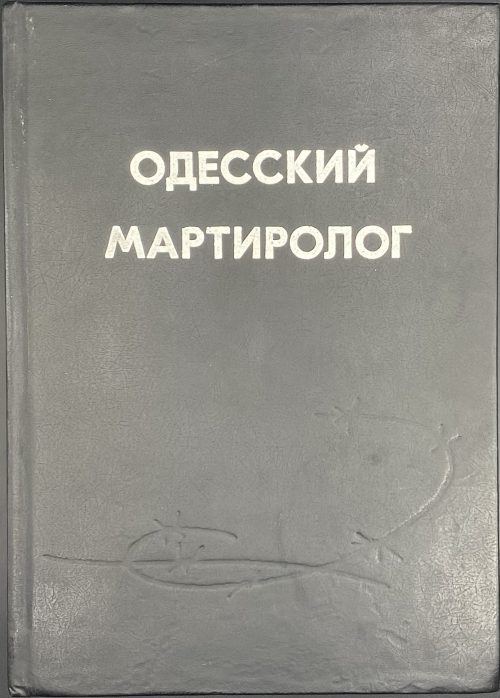
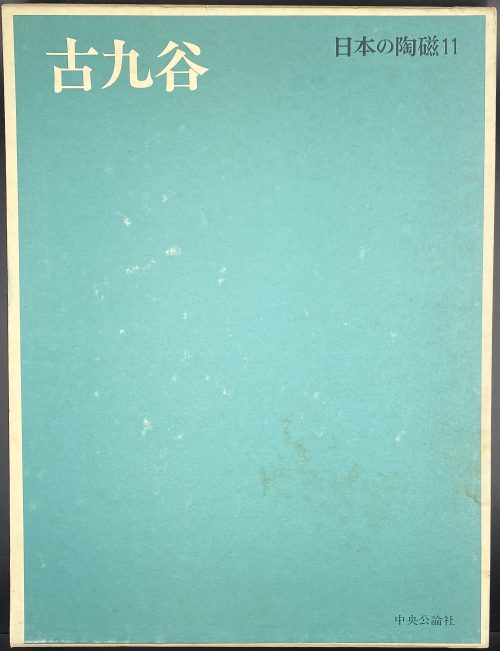
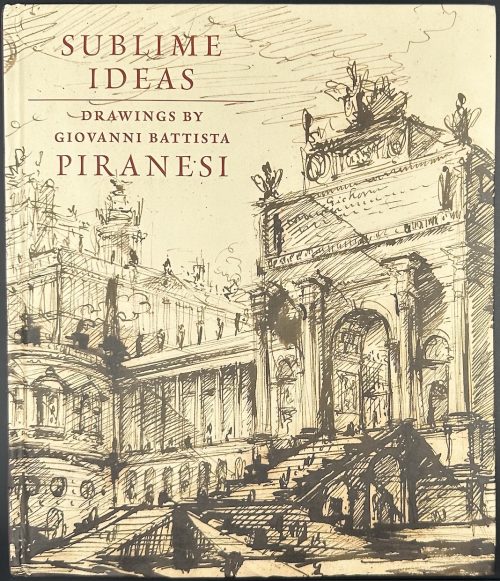
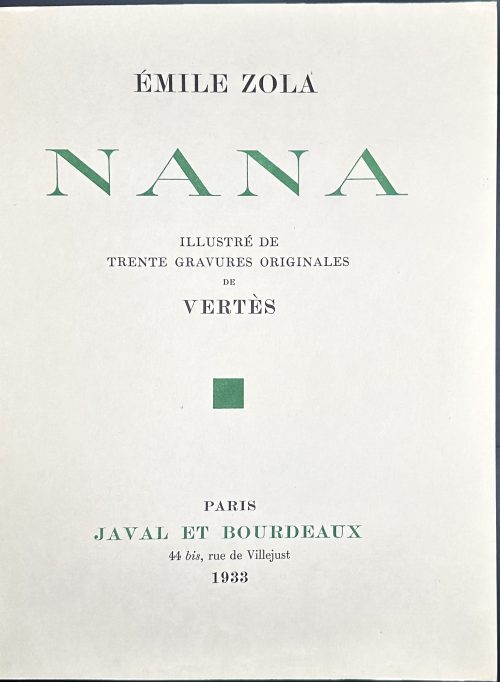
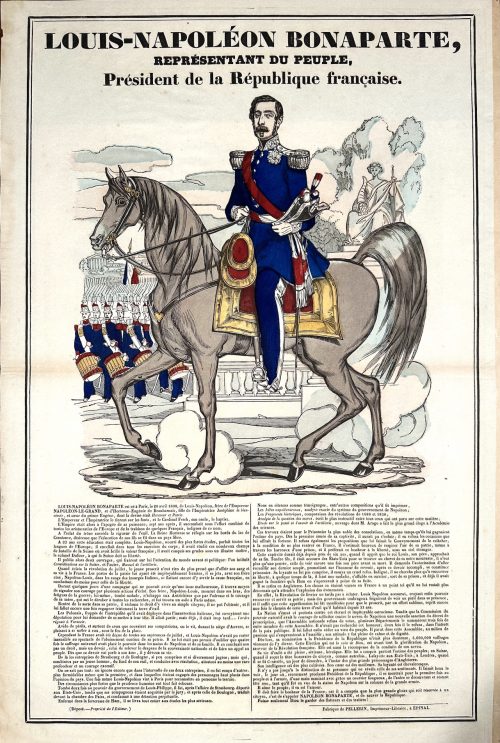
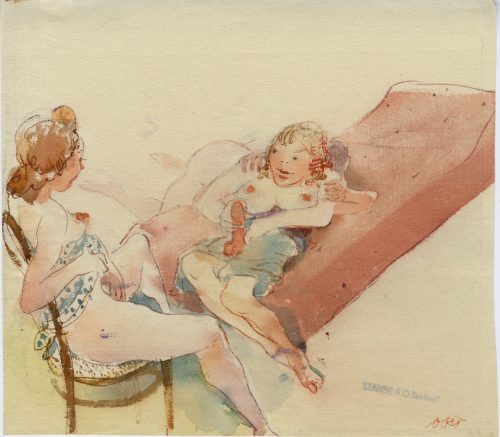
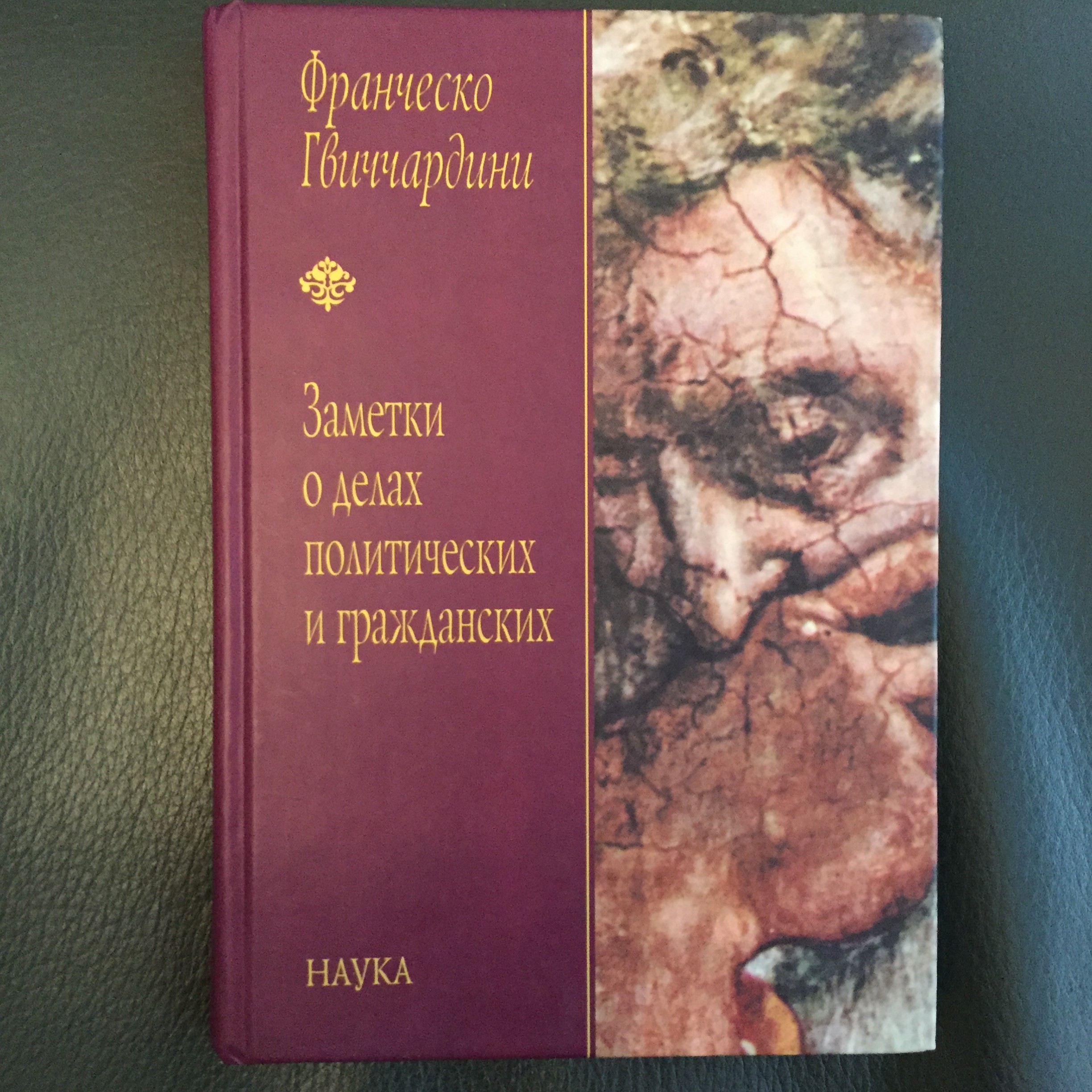
Франческо Гвиччардини. Заметки о делах политических и гражданских (Ricordi politici e civili). Пер. с итал. М.С.Фельдштейна под ред. Г.Д. Муравьевой; [Авт. вступ. ст. и прим., сост. библиогр., отв. ред. Л.М. Брагина; Рос. акад. наук. Науч. совет "История мировой культуры". Комис. по культуре Возрождения]. -- М.: Наука, 2004. -- 195 стр. Тир. 700 экз.


Hardcover, green cloth stamped with title to front cover and spine, pictorial DJ, pp.: [10] 1-206.
Introduction / Andreas Marks -- An artistic collaboration: travelling the Tōkaidō with Kuniyoshi, Hiroshige, and Kunisada / Laura W. Allen Folklore and legend in the fifty-three pairings along the Tōkaidō / Ann Wehmeyer The plates. Tōkaidō gojūsan tsui / transcription and translation by Ann Wehmeyer ; notes by Ann Wehmeyer and Andreas Marks.ISBN: 9780813060217

The design was popular among the tsuba makers. We find one in the Alexander G. Moslé collection [Japanese Sword Fittings from the Alexander G. Moslé Collection; Sebastian Izzard LLC, 2004, page 90, №123] signed Nagatsune with kaō: Tsuba with cormorant fisherman, moon, and boat. Squared-oval shibuichi plate, slightly raised rim, engraved, pierced, and inlaid with soft metals in relief. 6.7 x 5.8 cm.

Alexander G. Moslé collection №123.
Another reference: Lundgren Collection, 1990, page 86 №207: Sword guard with design of ushō (person who fishes with cormorants). Signed by Nagatsune. Ichinomiya school. 6.45 x 5.95 x 0.40 cm. Polished shibuichi taka-bori relief, gold and silver inlay. Edo period, 18th century.

Lundgren Collection №207:



Kokusai Tosogu Kai 5th, 2009, p. 51, № 5-U8: ko-kinko or tachi-kanagushi tsuba.


TSU-0323. Ko-kinko yamagane tsuba with waves and rabbit motif.
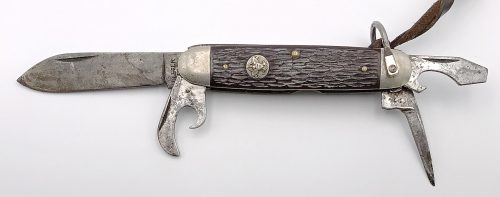
Ulster Official Scout pocket knife with brown jigged bone plastic handles.
Size: 93 mm (closed); 160 mm (opened); 70 mm blade.
Tang is etched with: Ulster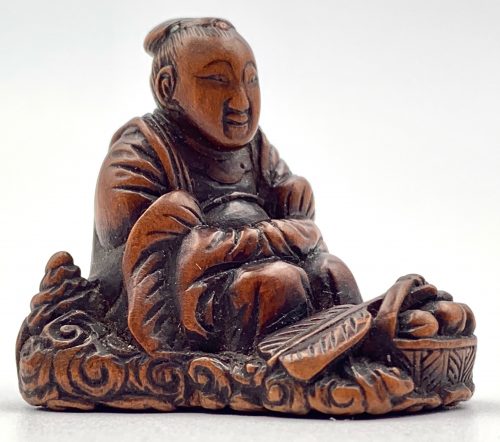
Queen Mother of the West is a calque of Xiwangmu in Chinese sources, Seiōbo in Japan. Peaches of Immortality (Chinese: 仙桃) are consumed by the immortals due to their mystic virtue of conferring longevity on all who eat them.
Provenance: Charles Ephrussi (1849-1905) acquired in the 1870s; a wedding gift in 1898 to his cousin Ritter Viktor von Ephrussi (1860-1945) and Baroness Emilie (Emmy) Schey von Koromla (1879-1938); retrieved post-war by their daughter Elizabeth de Waal (1899-1991); given by her to her brother Ignaz (Iggie) Ephrussi (1906-1994), Tokyo; bequeathed by him to his great-nephew Edmund de Waal (born 1964), London, author of “The Hare with Amber Eyes: a hidden inheritance”. London / New York: Chatto & Windus / Farrar, Straus & Giroux. ISBN 978-0099539551. https://en.wikipedia.org/wiki/Charles_Ephrussi. https://en.wikipedia.org/wiki/Ephrussi_family. https://en.wikipedia.org/wiki/Edmund_de_Waal.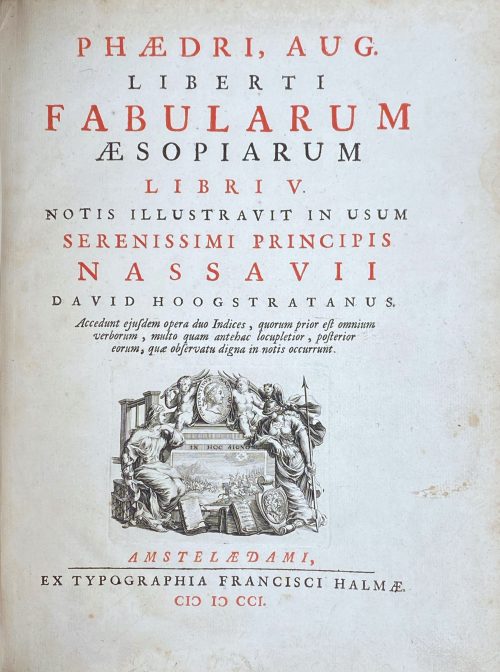
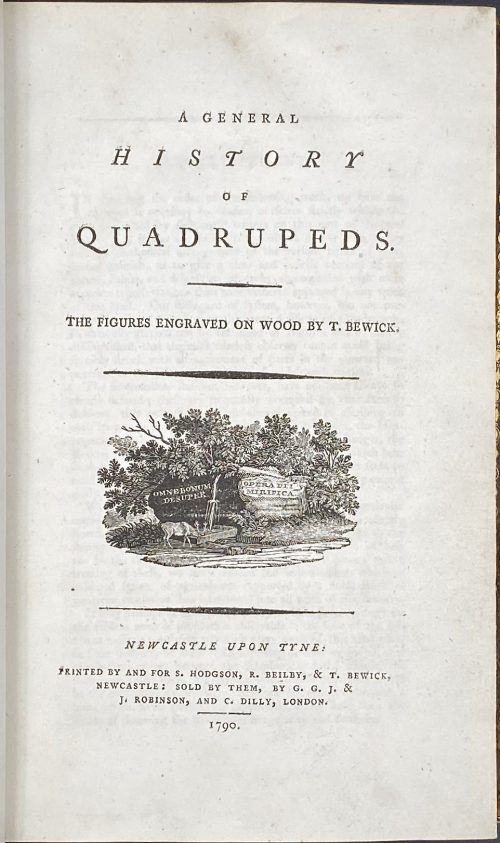
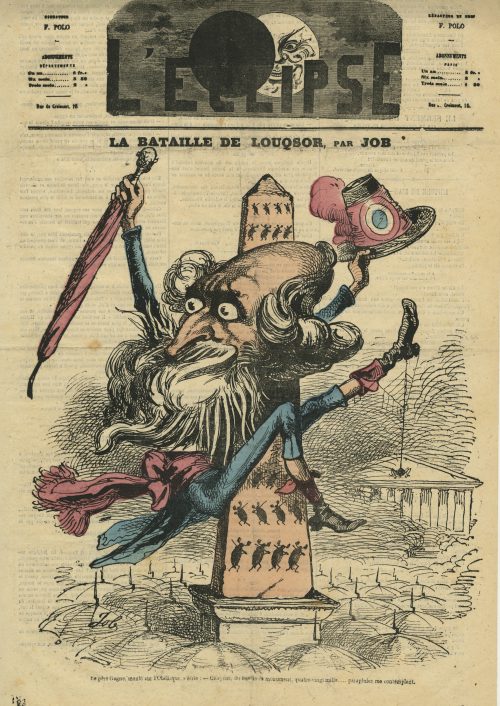
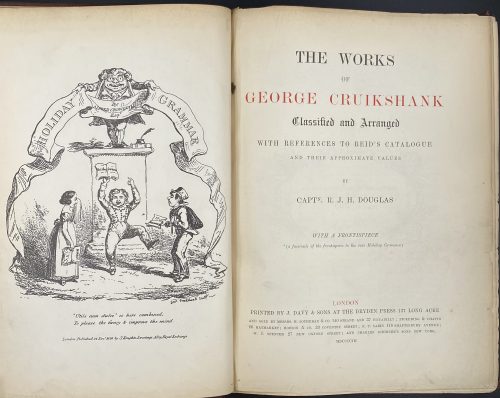
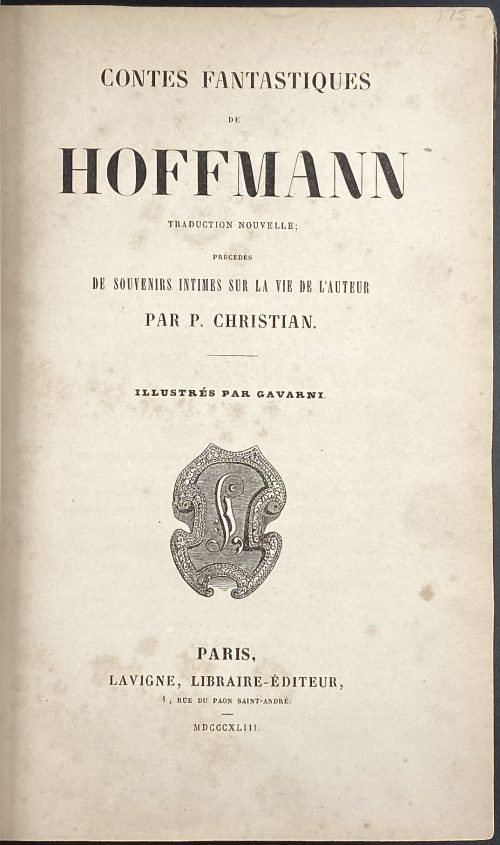
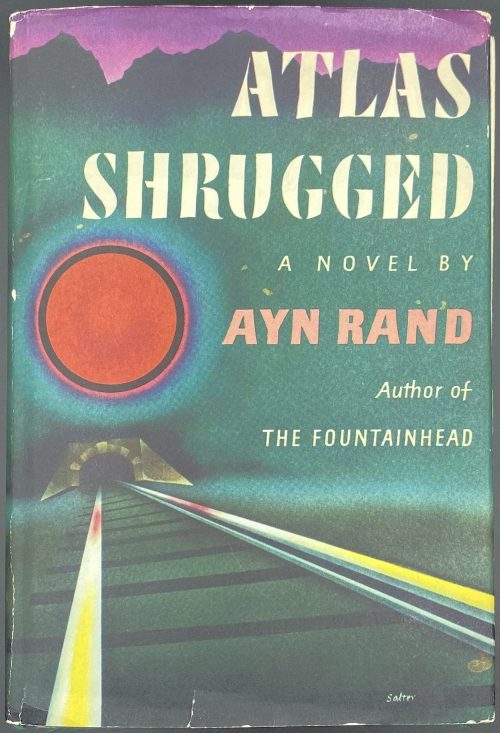
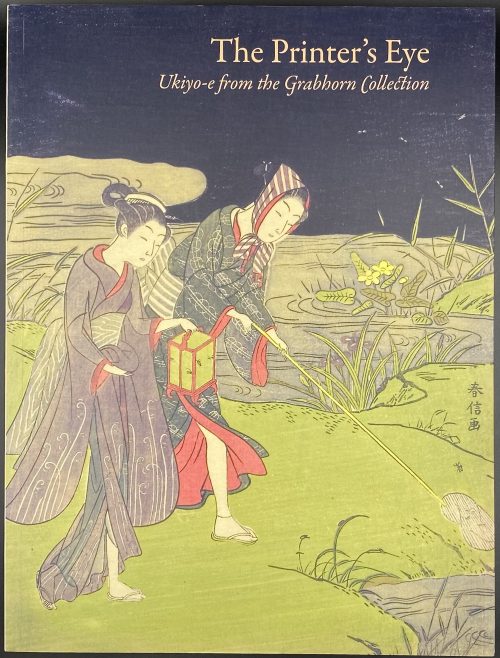
Foreword: A treasure trove of ukiyo-e prints / Kobayashi Tadashi The Grabhorn ukiyo-e collection at the Asian Art Museum / Melissa M. Rinne Edwin Grabhorn : passionate printer and print collector / Julia Meech Figures of humans and animals : some early Japanese color prints from the Grabhorn Collection / David Waterhouse. Edwin Grabhorn (1889—1968), co-founder of the Grabhorn Press, Northern California's premier letterpress printer, was a pioneer American collector of Japanese prints. The Grabhorn prints in the collection of the Asian Art Museum comprise the upper echelons of the original collection. The collection includes a superb selection of early monochrome and hand-colored ukiyo-e prints by Sugimura Jihei, Torii Kiyonobu, Okumura Masanobu and others, from the seminal decades of the woodblock print production in the late 1600s and early 1700s.
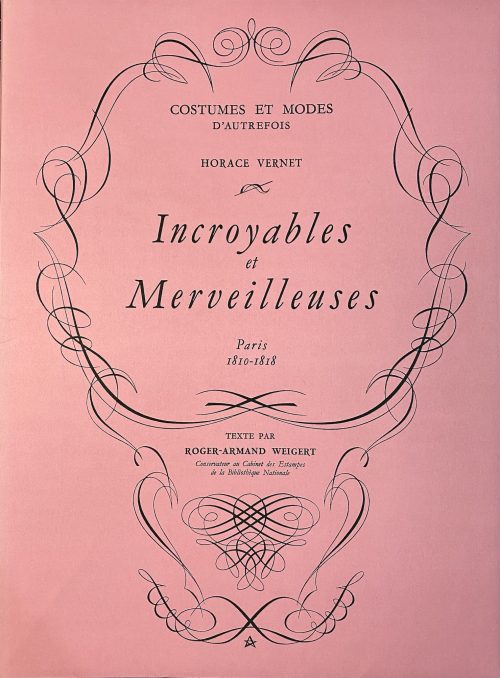
Weigert, Roger-Armand (French, 1907-1986).
Émile Jean-Horace Vernet [Horace Vernet] (French, 1789 – 1863). Gatine, Georges Jacques (French, 1773 – after 1841).![Конрад Н.И. Театр Кабуки, его история и теория // Японский театр. — Л.-М.: Academia — Всесоюзное Общество культурной связи с заграницей, 1928. — Тир. 3.200 экз. [Сборник статей под редакцией проф. Н. И. Конрада. В книге представлены статьи Н. Конрада, О. Плетнера, Д. Аркина, посвященные традиционному японскому театру. Объём книжки — 60 стр.].](https://varshavskycollection.com/wp-content/uploads/2021/02/LIB-0975.2016-a-500x619.jpeg)
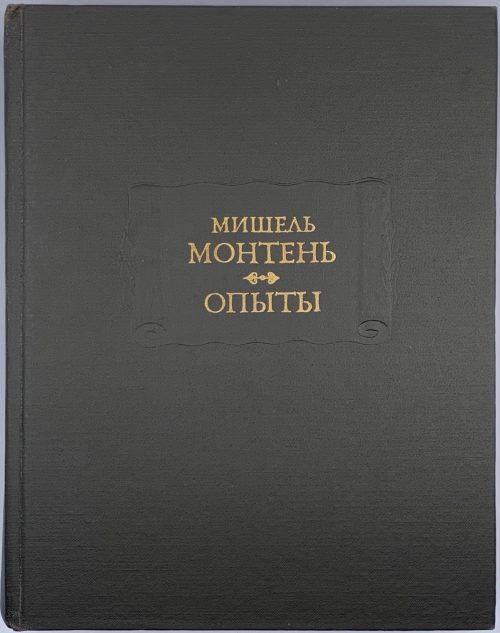
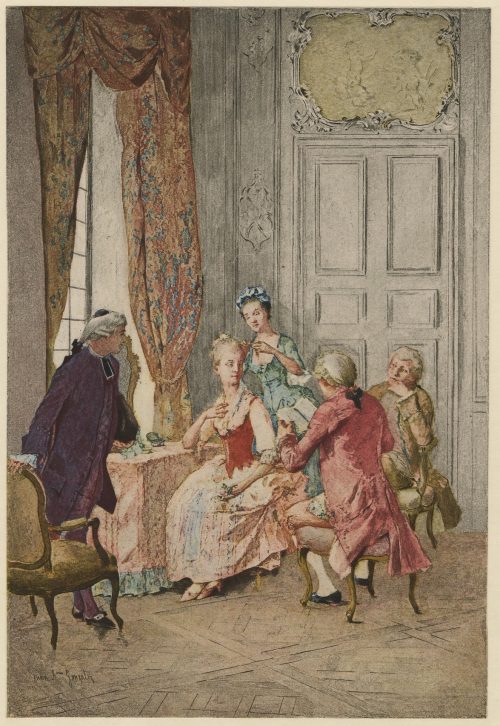
Coloured etching by E. Charreyre (French, fl. 1880 – ?) after a watercolour by Juan Antonio González, (Spanish, 1842 – 1914). A book illustration for 'Son Altesse La Femme' by Octave Uzanne (1851 – 1931), chapter: 'La Caillette' (Le lever d’une petite-maitresse au XVIIIe siècle). Published by Albert Quantin (French, 1850 – 1930) in 1885.
Size: print 17.5 x 12 cm, pasted to leaf 27.7 x 19.5 cm.
